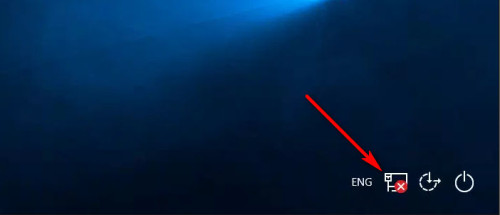You reboot your remote client’s Windows 10 machine into Safe Mode, and that’s where the big disappointment comes – you realize that for some strange reason the Wi-Fi connection is disabled. Most of the services you need are off and you’re having a hard time restoring Internet access. Does the symptom sound familiar? If so, chances are that you’ll find this quick guide useful.
Some of our customers have reported that they are unable to continue the remote support session following a safe mode reboot in Windows 10.
This issue is not related to the FixMe.IT application. It has already been widely discussed on the TechNet forum and is attributed to unusual behavior of Windows 10 concerning working in safe mode. To be more specific, Windows 10 automatically disables Wi-Fi connectivity after booting into Safe Mode by default.
We have already published a quick guide to restoring wireless connection in Windows safe mode for average PC users. However, we’d like to share some additional information that can help you provide better guidance for your remote clients if they don’t know their login credentials. The key takeaway from our research is that you cannot restore the client’s Wi-Fi connection remotely – for that, you need to instruct your client to manually connect to their Wi-Fi network either via Windows Logon screen, or from System Tray. Now let’s take a closer look at both methods.
Restoring Wi-Fi connection from Windows System Tray
This method is more convenient and straightforward if the remote user knows their Windows login credentials and can enter the system without the help of the support technician. All the user needs to do is click on the Network icon in the System Tray, as shown on the screenshot below and select the preferred Wi-Fi network:

Restoring Wi-Fi connection from Windows Logon screen
If the remote user doesn’t know their Windows login credentials, you will need to instruct them to restore wireless connection right from the Windows Logon screen by clicking on the network icon to view the available wireless networks and connecting to a network of their preference:
A very important thing to keep in mind here is that the remote client may first receive a false error notification saying that “connecting to the network is taking longer than usual”, then another “Unable to Connect” message. The user should ignore these notifications and proceed to connecting to the network. As soon as you regain remote control over the machine, you can enter the client’s Windows credentials and log into the system. However, upon logging in the computer’s wireless connection will most probably be dropped by Windows once again, and the remote support session will be frozen. In order to restore it, instruct your client to apply the first method described above and connect to a Wi-Fi network from the System Tray.
If you find that the remote session has again frozen at any point while working in safe mode, ask the remote user to verify whether they are connected to the Wi-Fi network. In some cases, Windows may drop the Wi-Fi connection in safe mode and this will require manually reconnecting to the Wi-Fi network in order to resume the remote session.
At Techinline we always care about our customers. If you still have questions, or your issue appears to be unresolved upon completing these steps, don’t hesitate to contact our support team directly – we’ll find a solution that will work for you.
Find us on Facebook, Twitter, Google+ or LinkedIn to get the latest news, updates, tips, etc.

